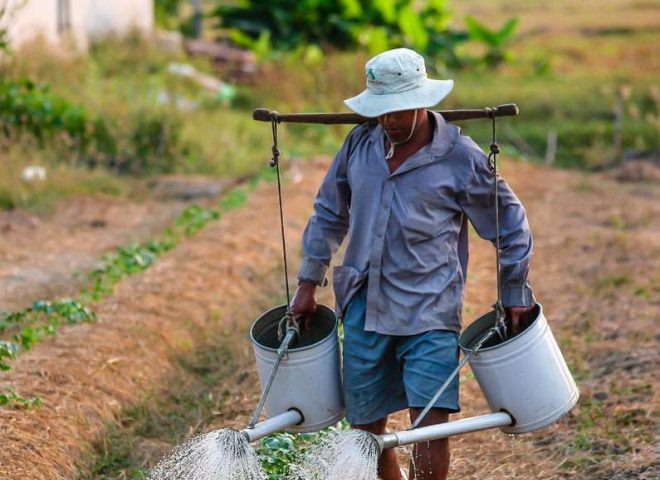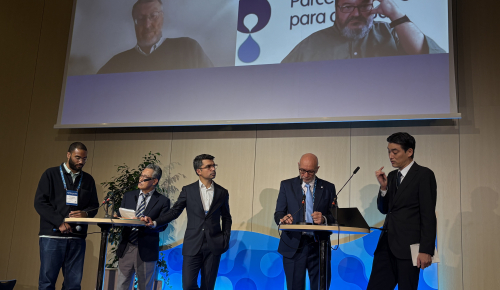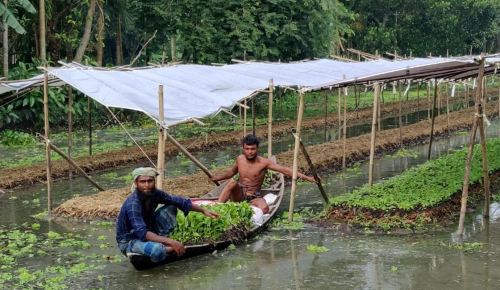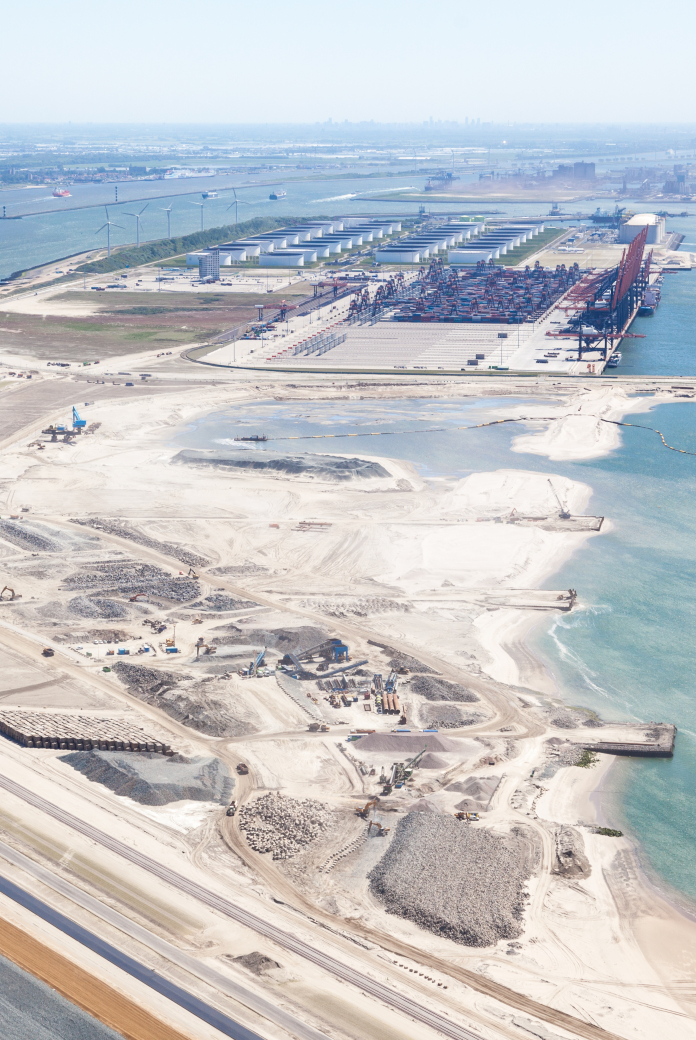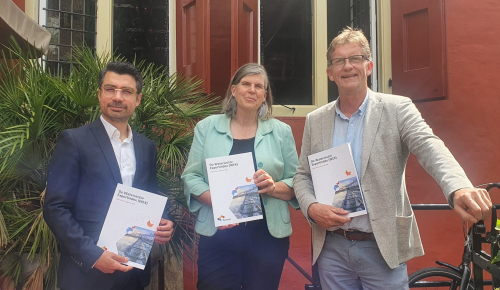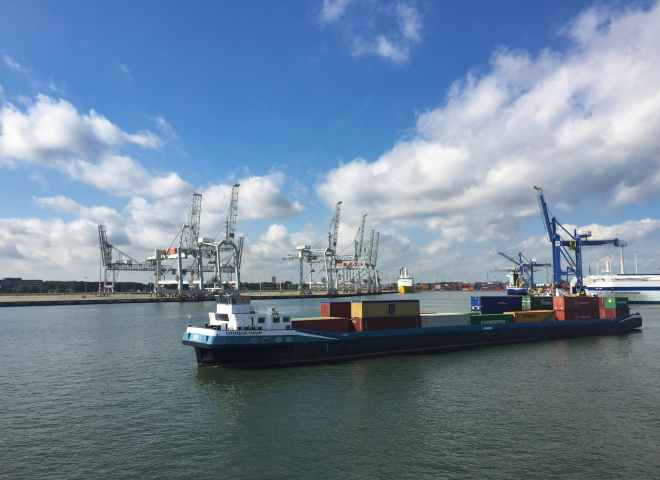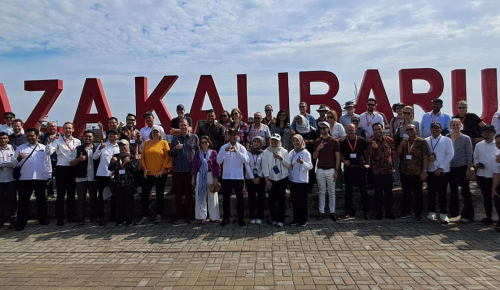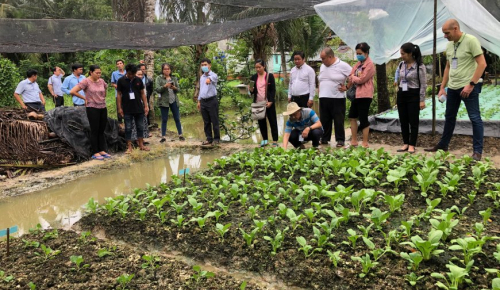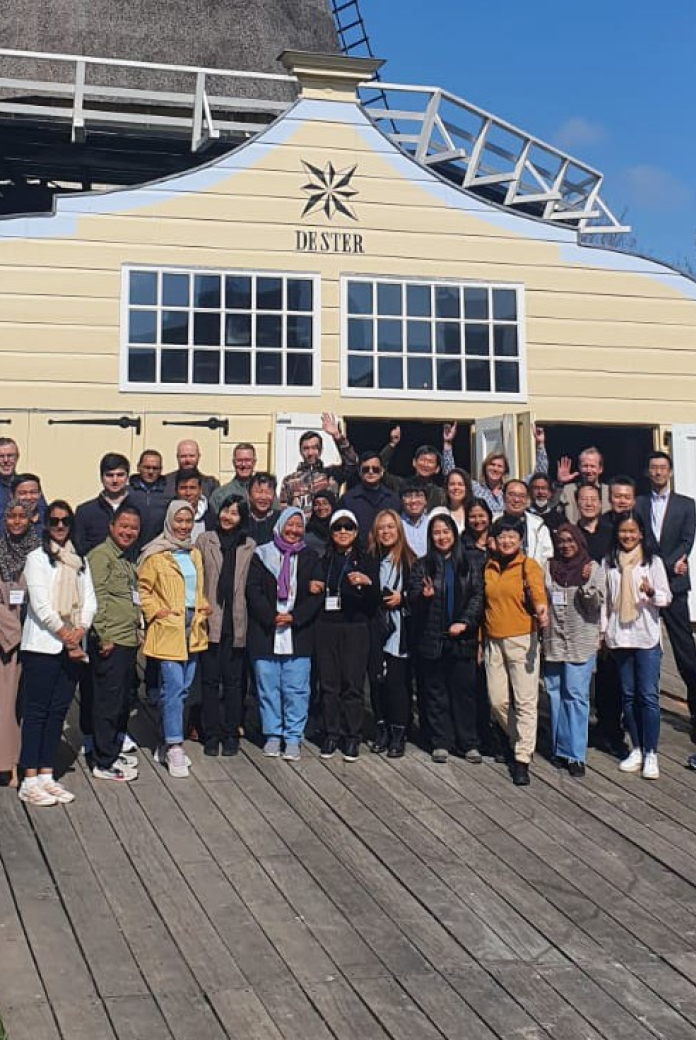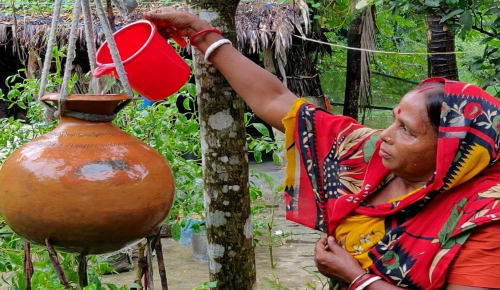Asia
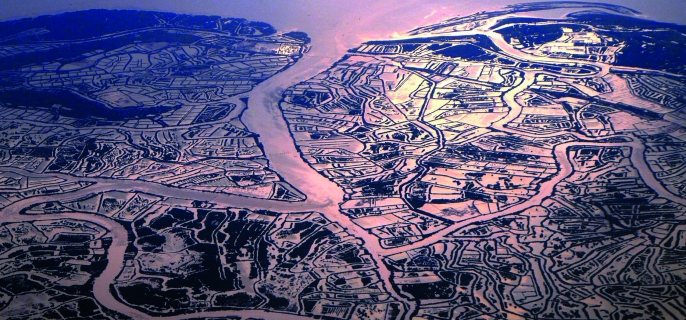

With land sinking and sea-level rising due to climate change, the challenges are clear. Several countries in the Asian region have taken action to secure water security by reducing groundwater extraction to slow down the process of land subsidence and by installing protective measures against flooding. The Netherlands has supported countries in the Asian region to create a more integrated approach to water management. This has resulted in initiatives at the national level such as the Bangladesh Delta Plan 2100 and the Mekong Delta Plan (Vietnam). Other important water topics for cooperation in the Asian region are improving drinking water quality with state-of-the-art technologies, sustainable water use in agriculture, waste reduction in regional rivers and oceans, and building resilience with nature-based solutions.
NWP has a broad network in the Asian region, specifically in Bangladesh, India, Indonesia, Myanmar, Philippines, and Vietnam. In addition, NWP’s activities are widening towards countries like Malaysia, Singapore, and Thailand.
If you want to expand your business in Asia or want to know more about market opportunities within the Asian region, contact us.
